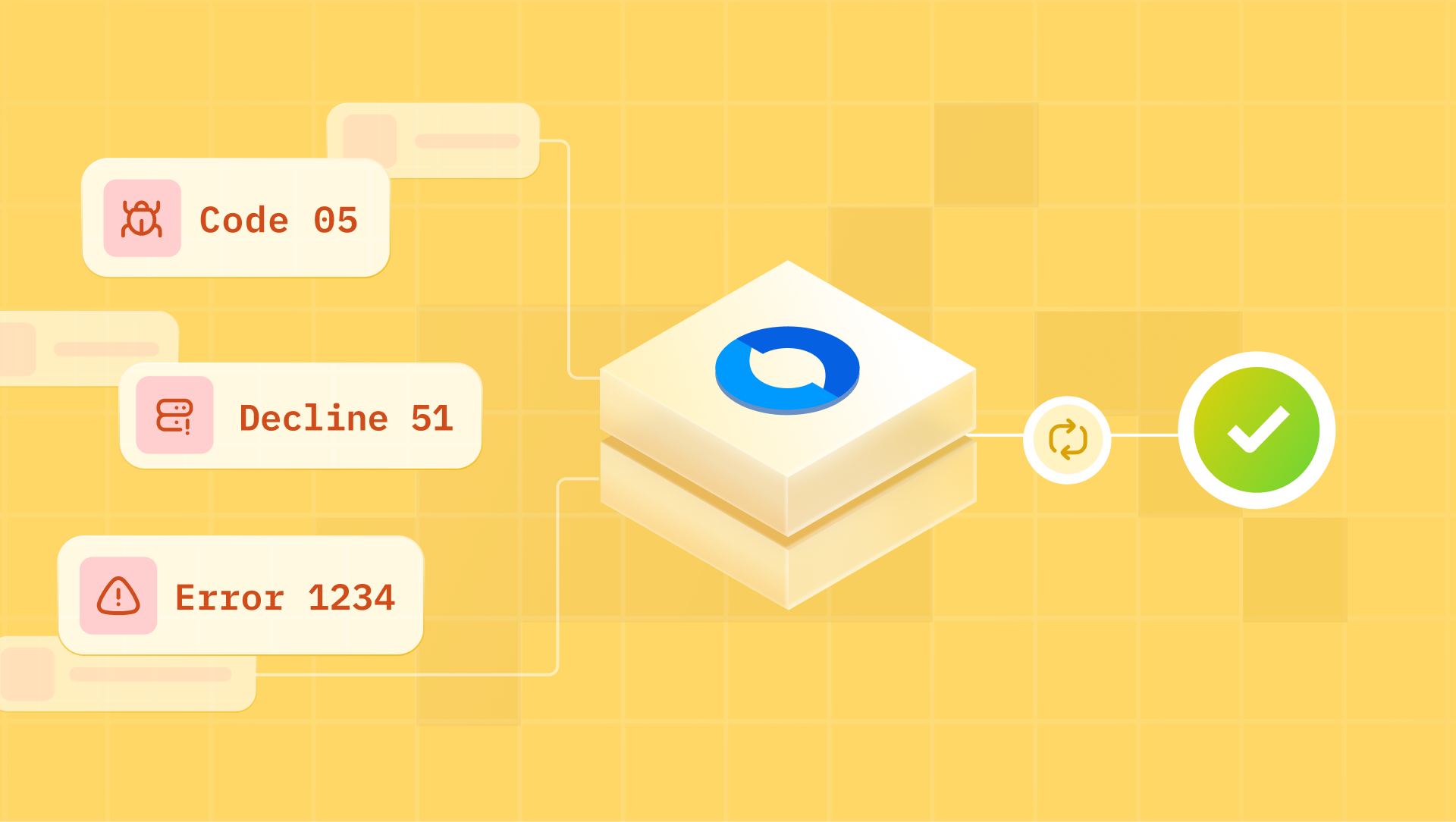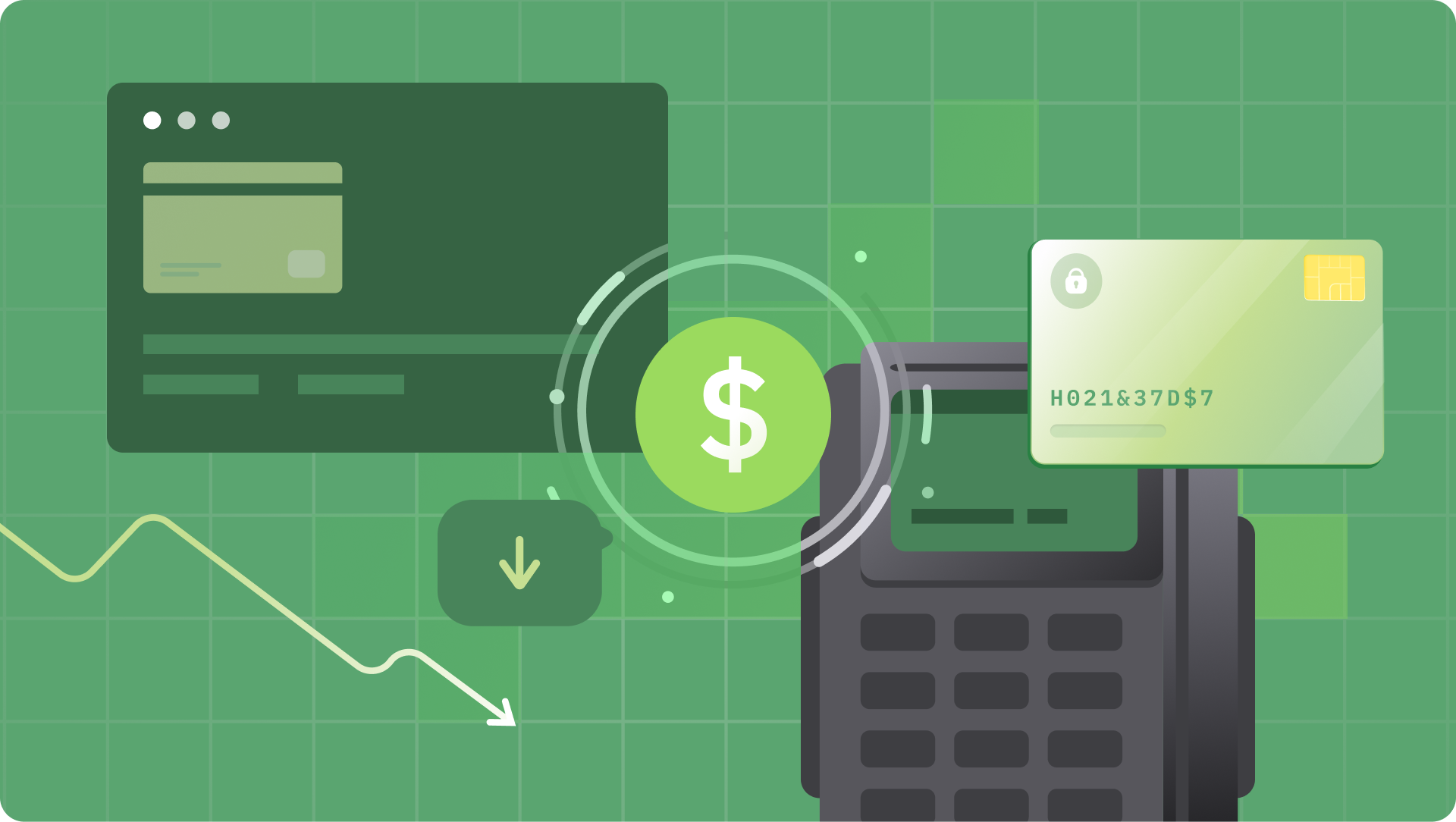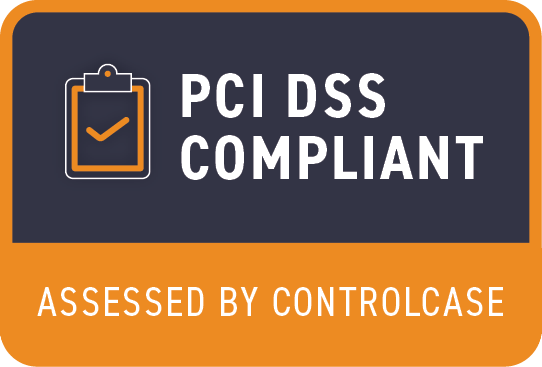How many subscription-based services are part of your digital life today? Whether it's streaming services like Netflix or essential software solutions, subscriptions have become an integral part of our daily routines. In this blog post, we'll dive deep into the world of subscription payment methods and recurring payments. We'll explore what subscription payments are, how they work, their benefits, and how you can set up and optimize a subscription payment system for your business. So, grab a cup of coffee, and let's get started on this journey into the world of subscriptions!
Understanding Subscription Payments & Methods
Subscription payments play a crucial role in the modern economy, reshaping the way businesses generate revenue and how consumers access services. Whether you're a streaming service, a SaaS provider, or an e-commerce store, offering subscription plans has become a strategy for sustainable growth and customer loyalty.
At its core, a subscription payment is a recurring transaction where a customer agrees to pay a set amount at regular intervals to access a service, product, or content. This payment method replaces the traditional model of one-time purchases, providing customers with ongoing access in exchange for continuous payments.
How Does Subscription Payment Work?
- Subscription Agreement: Customers subscribe to a service or product, agreeing to regular payments. This agreement typically includes the payment frequency (monthly, annually, etc.) and the subscription terms.
- Automated Billing: Payments are processed automatically on the scheduled dates, often using credit cards, bank transfers, or other payment methods.
- Access Control: Subscribers gain access to the service or product for as long as they maintain their subscription. If payments cease, access may be revoked.
The Benefits of Subscription Payments
Now that we've covered the basics, let's explore the numerous advantages of subscription payments for both businesses and consumers.
For Businesses:
- Steady Revenue Stream: Subscription payments provide a predictable income, allowing businesses to plan and invest more effectively.
- Customer Retention: Subscribers are more likely to remain loyal to a service, reducing customer churn.
- Data-Driven Insights: Continuous interactions with subscribers provide valuable data for personalized marketing and product improvements.
- Scalability: As your subscriber base grows, so does your revenue without the need for constant customer acquisition.
For Consumers:
- Affordability: Subscription payments often break down the cost, making premium services more accessible.
- Convenience: Subscribers enjoy uninterrupted access to services without the need for manual renewal.
- Updates and Improvements: Subscriptions often come with regular updates, ensuring users have access to the latest features and content.
How to Set Up a Subscription Payment System
Now that you understand the benefits, you might be wondering how to implement a subscription payment system for your business. Let's break it down into actionable steps.
1. Define Your Subscription Offerings:
- Determine what you'll offer in your subscriptions, whether it's content, software, or physical products.
- Create different subscription tiers, each with its own set of features and pricing.
2. Choose a Payment Gateway:
- Select a reliable payment gateway provider that supports subscription billing.
- Ensure the gateway integrates seamlessly with your website or app.
3. Develop Subscription Management:
- Build a user-friendly dashboard for customers to manage their subscriptions.
- Include options to upgrade, downgrade, or cancel subscriptions.
4. Set Pricing and Billing Cycles:
- Decide on the pricing structure for each subscription tier.
- Determine the billing cycle (monthly, annually, etc.) that suits your business model.
5. Implement Automated Billing:
- Enable automated billing to ensure timely payments without manual intervention.
6. Ensure Security and Compliance:
- Implement robust security measures to protect customer data.
- Comply with relevant regulations, such as GDPR or PCI DSS.
7. Provide Customer Support:
- Offer customer support channels for subscription-related inquiries and issues.
How to Pick a Subscription Payment for Your Business
Selecting the right subscription payment method is crucial for the success of your business. Consider the following factors:
- Business Type: Different industries may require specific payment methods. For instance, SaaS companies often prefer credit card payments, while e-commerce stores may offer PayPal and credit card options.
- Customer Base: Analyze your target audience to understand their preferred payment methods. Some customers may prefer digital wallets, while others stick to traditional credit cards.
- Payment Gateway Features: Evaluate payment gateway options based on their features, fees, and integration capabilities. Some gateways offer advanced subscription management tools.
- Security and Compliance: Ensure that the payment method you choose complies with security standards and industry regulations to protect both your business and customers.
For example, a streaming service might opt for credit card payments due to their widespread acceptance and ease of integration, while a digital magazine may offer subscriptions through app stores, leveraging the convenience and trust associated with those platforms.
How to Increase Subscription Payments
Once your subscription payment system is up and running, the next challenge is to boost your subscription numbers and revenue. Here are some strategies to consider:
1. Offer Trial Periods: Allow potential customers to try your service before committing to a subscription. This reduces the perceived risk.
2. Personalize Recommendations: Use data analytics to offer personalized content or product recommendations to subscribers, increasing engagement.
3. Discounts and Promotions: Periodically offer discounts, bundle deals, or exclusive promotions to attract new subscribers and retain existing ones.
4. Improve User Experience: Ensure that your website or app is user-friendly and easy to navigate, enhancing the overall user experience.
5. Listen to Feedback: Encourage customer feedback and make improvements based on their suggestions and complaints.
6. Content Quality: Consistently deliver high-quality content or services to keep subscribers satisfied and subscribed.
7. Retargeting and Email Campaigns: Use retargeting ads and email marketing to reach out to potential customers who showed interest but didn't subscribe.
Manage Subscriptions with Hyperswitch
Hyperswitch allows you to work with your preferred subscription provider while having the flexibility to connect with multiple payment processors and payment methods. The benefits you get with using Hyperswitch integration as a supplement with your Subscription Solution Provider are as follows:
- Flexibility to work with any payment processor of your choice based on better costs or auth rates
- Expand to local payment methods across global markets
- Smart route recurring payments across multiple payment processors to improve the success rate (part of 2024 Q1 roadmap)
- Unified solution to manage one-time payments use cases (e-commerce use case) and recurring payments use cases (subscription payments)
All major Subscription Solution Providers offer integration points to manage payments with external payment processors. And the integration solution proposed below should work universal across any subscription provider.In case of queries, or if you need a specific payment method of payment processor integration - please drop an email to biz@hyperswitch.io
FAQ's
- What Type of Transaction is a Subscription Payment? A subscription payment is a recurring transaction where a customer agrees to pay a set amount at regular intervals to access a service, product, or content. It is typically processed automatically, ensuring uninterrupted access.
- How Are Subscriptions Billed? Subscriptions are billed according to the agreed-upon terms, which may be monthly, annually, or at other intervals. Billing is often automated, with payments deducted from the customer's chosen payment method on the specified dates.
- Are There Additional Costs Associated with Subscription Payments? The cost of subscription payments typically includes the subscription fee itself. However, businesses may incur additional costs, such as payment gateway fees or transaction processing fees. These fees can vary depending on the chosen payment method and payment gateway provider.
Subscription payment methods and recurring payments have revolutionized how businesses operate and how consumers access services. Implementing a well-structured subscription payment system can drive steady revenue, improve customer retention, and offer a more convenient experience for your audience. By understanding the benefits, setting up an effective system, and employing strategies to increase subscription payments, your business can thrive in the subscription-based economy.








